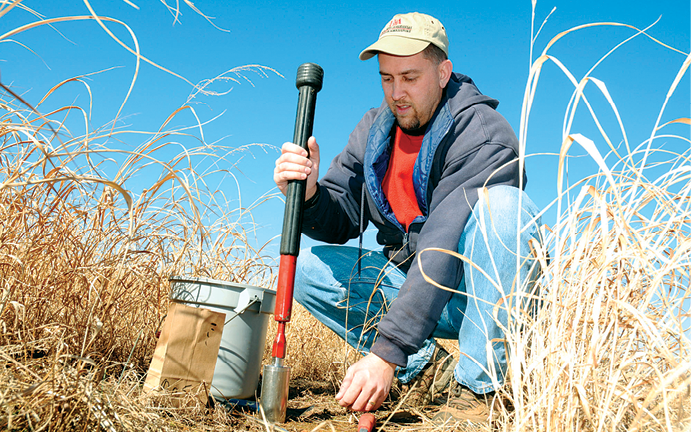No-Till Farmer
Get full access NOW to the most comprehensive, powerful and easy-to-use online resource for no-tillage practices. Just one good idea will pay for your subscription hundreds of times over.

Now more than ever before, no-tillers have the ability to compile mounds and mounds of data. But you may need to be careful about gathering too much rope.
The wrong data — or data not carefully collected — can hurt more than it helps. This is especially true with the progression of precision variable-rate technology.
“We now have the ability to accurately apply the wrong nutrient at the wrong rate in the wrong place and create more variability than there was to begin with,” says Joe Nester, a consultant from Bryan, Ohio.
Precision management can pay, but it must be based on accurate, reliable and representative data. A key source for this information comes from soil sampling. It is a process where there are multiple opportunities to gather misleading or completely wrong data.
To get it right, no-tillers must correctly navigate these four challenges:
1. Choose the most representative soil sampling strategy.
2. Collect the samples correctly.
3. Order the right tests for conditions.
4. Integrate with other data to create sound management strategies.
There are many different strategies for soil sampling. Samples can be taken by field, topography, grid, soil type or other established management zones. Some no-tillers opt to test every field every year, while others coast on data that’s several years old.
Coasting may not always be an option, though.
Nester sees change on the horizon for soil testing, including heightened accountability. Stepping up field assessment may be necessary for those that are doing the bare minimum…